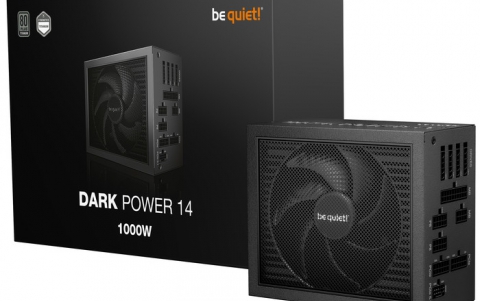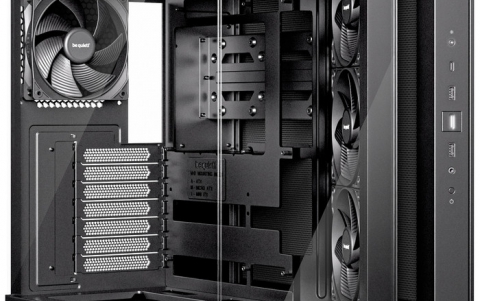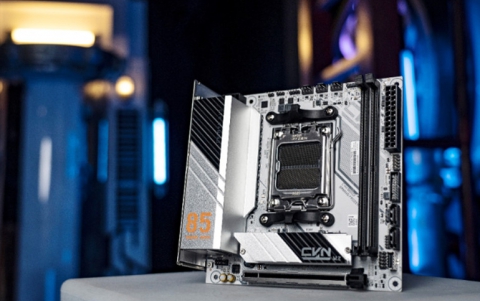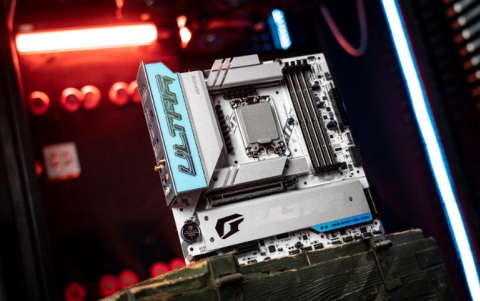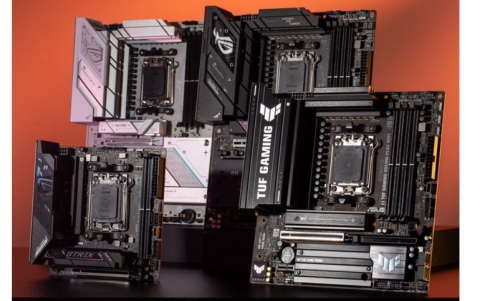VoIP Essentials
3. Common Problems Found With VoIP
Review Pages
2. The Codecs
3. Common Problems Found With VoIP
4. The Key To Success
5. The Good, Old, Software
Jitter. Assuming that a codec is capable of providing voice packets every 30ms, the person’s to be called telephone appliance or application will have to receive these packets every 30ms. Unfortunately, the delays due to the Internet, with the intervention of dozens of networks and routers, seem to be the cause to the problem. Yet, it looks that buffers in both VoIP applications and appliances are a partial solution to the problem.
Delay. Any delays while coded packets are being created by codecs are added to the one caused by the Internet, adding thus to the appearance of problems. For instance, Internet delay while a VoIP communication is being performed must range between 150 and 450ms and the codec delay to follow must not exceed 40ms while voice packets are being created.
Lost packets. While a data transfer in the Internet is carried out, loss of some packets is expected up to a point and can be dealt with, with the help of certain techniques. In voice transmission though, the margins to the loss of packets are not many, since the problems arising are to be immediately “heard” by both parties involved. The selection of an ISP with a high quality network and an efficient bandwidth may be the most effective measure of precaution to be taken.
NAT/Firewall. Fear for crackers along with hackers has resulted in the addition of firewalls to each PC as well as network, be them either big or small ones. However, both firewalls and NATs are cause for trouble in VoIP connections. All applications provide different ways to override these obstacles.
Echo. The really disturbing echo case [listening to our voice while the voice of the person being called is being heard at the same time], is a common occurrence with VoIP communication and sometimes with mobile telephony calls. The echo is a direct outcome of the delay in communication between the two parties. Various techniques to handle the problem are being provided by all VoIP applications and appliances as well, not to mention communication codecs themselves.

MORE INFORMATION ON VoIP
Voice over Internet Protocol is not just a single, unique protocol. It involves a group of technologies-protocols, devices and applications, which allow voice call compression, coding, transport and routing to IP networks, like, for example, the LAN, theWLAN, theWAN, and naturally the Internet, by means of overriding fixed public telephone networks. Of course, an internet voice call may be commenced or end up to a fixed public service, while VoIP technologies are likely to be set to operational status in some sections of a conventional voice communication. In short, the cases setting VoIP to action are as follows:
1st VoIP casePSTN-VoIP-PSTN
VoIP technologies are being utilized by providers in the telecommunications sector in this case, either in setting up their internal network or in the so-called “last mile.” To facilitate their internal substructure, numerous telecommunications services in the private sector have selected to equip themselves with cheaper TCP/IP-VoIP networks rather than developing a rather extravagant transmission line network.
2nd VoIP caseVoIP user-PSTN
PSTN-VoIP user
New and profitable services offered by emergent telecommunications VoIP providers are what this case comprises from. They are related to the relatively cheap communication developed between VoIP subscribers throughout the world and fixed as well as mobile networks via the Internet, overriding this way any fixed public telephony services.
3rd VoIP caseVoIP user-VoIP user
It has to do with the birth of the Internet telephony, the two VoIP users achieving peer- to- peer communication, through the Internet of course, without being charged. Such a communication can be achieved through a computer, the use of headphones and a microphone or any USB/DECT telephone appliance been required.
Review Pages
2. The Codecs
3. Common Problems Found With VoIP
4. The Key To Success
5. The Good, Old, Software



